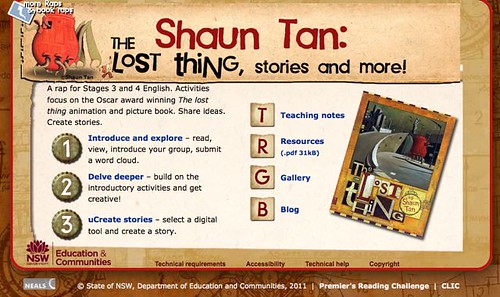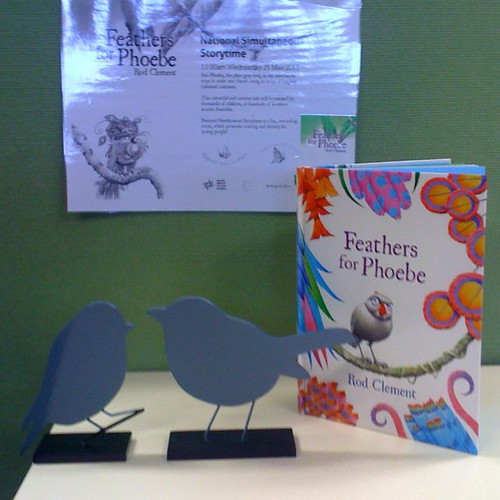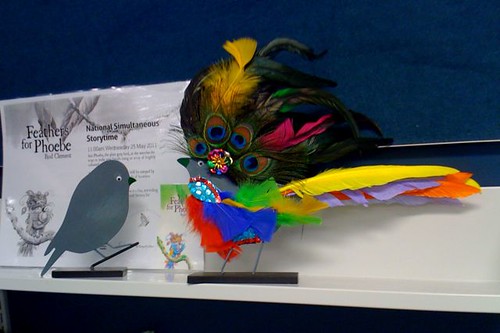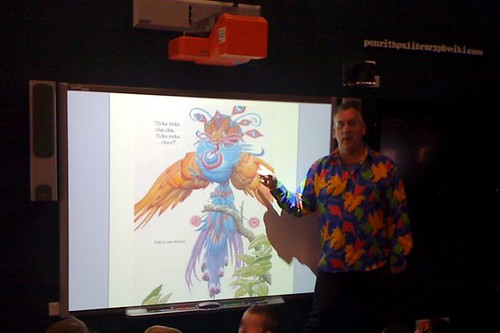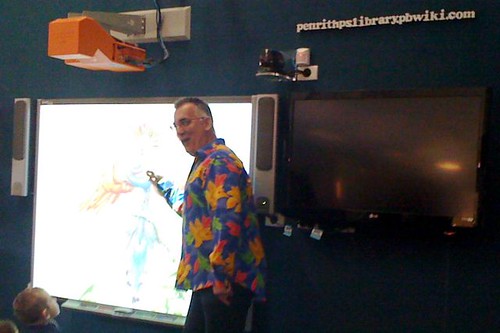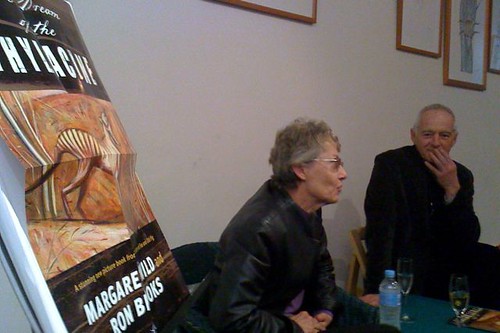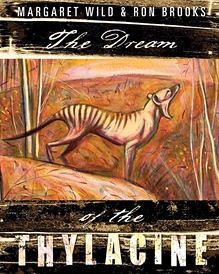Recently, on the TL listservs, we were asked to comment on how we displayed series titles, and how we decided which series would become designated special sections and which would be interfiled with the main collection. I decided I usually use the “What drives me crazy and how can I fix it immediately?” method.
At this school, “Where’s Wally?” books are almost-always out on loan, or if they are “in”, they are all off the display and being read at lunchtimes. In the new library, I have a special, decorated shelf for “Where’s Wally?” books.

Thanks to a bit of laminating (the cover of an old “Where’s Wally: the magnificent poster book”) and a big, blue-painted MDF “W” from Spotlight (or Lincraft), the display still looks good even if every Wally book is “out”:
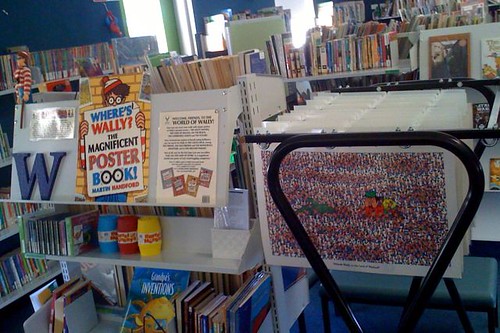
“Quick Reads” are on a spinner rack and include a pot pouri of “Aussie bites”, “Aussie nibbles”, “Aussie chomps”, “Skinnys”, “Solos”, “Out of this world”, “Hotshots”, “Crazy tales” and “Billy Kool”, etc.

Our three levels of “Premier’s Reading Challenge” books are also in their own sections.
In the old library, the previous TL was driven crazy by the popularity of “Goosebumps”, so I created a dedicated shelf in Fiction for Stine’s “Goosebumps” series, mainly because otherwise the frantic rummaging for those titles made a complete mess out of the regular “S” shelf. The dedicated display was actually on an empty “G” shelf, but in the new library, “Goosebumps” (more were donated!) take up two whole shelves called “STI – Goosebumps”, situated between the “R” and “T” shelves, and decorated by a hideous, life-sized, Halloween skull.
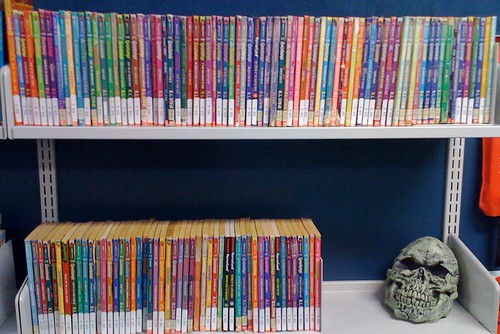
In my previous two libraries, we had dedicated sections for “Dr Seuss” books and “Choose-Your-Own Adventures”, because those books were extremely popular at the time.

